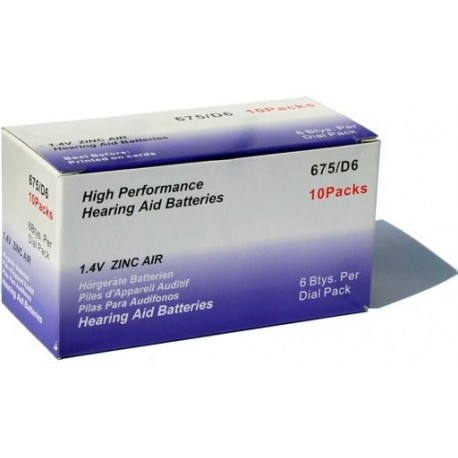

Illustration for the internal Active Core Technology for Rayovac Extra Batteries How to use: Rayovac Extra Advanced hearing aid batteries take advantage of the new Active Core Technology, a breakthrough new cell design which maximises internal space to hold more battery charge, providing longevity, reliability and the power needed to cope with any situation.īattery-powered hearing aid devices tend to have greater power than their rechargeable alternatives, making them an ideal solution for those that suffer from more severe hearing loss. Removing the tab too early will lead the battery to discharge power before you get to use it.This all-new RAYOVAC design delivers energy where it’s needed, prolonging the life of the battery, and ensuring a consistent and precise listening experience. Once batteries have run out of charge, they can start to swell, making it harder to remove them from the hearing aid.Īs zinc air batteries are only activated once their protective coloured tabs are removed, it’s important that you do not remove the tab until you are ready to insert the battery into your hearing aid. Once your hearing aid battery runs out, look to replace it as soon as possible.

Doing so can cause damage to the battery. We recommend that you keep your batteries in a cool, dry place such as a desk drawer or bedside cabinet.Īlthough it may have been common practice in the past to keep some types of batteries in the fridge, modern hearing aid batteries should not be refrigerated. Ideally, batteries should be kept at room temperature (between 10℃ and 25℃), out of direct sunlight and away from low or high levels of humidity. To help extend the life of your hearing aid batteries, it’s important that you store them correctly prior to use. We recommend you keep them in a cool dry place such as a desk drawer or bedside cabinet. The battery will then produce voltage for a limited time, regardless of how many hours of use which is why occasional use to save battery life is often futile! Environmental factors can also reduce battery life, such as very low or very high humidity, very cold conditions, and high altitude. Once the sticker is removed from the battery, air enters the cell and activates the current producing process. The more advanced features that are activated, such as wireless connectivity, the faster the battery drain.Ī very steady voltage is required and so Zinc-Air batteries are used, which are very different than most other batteries used around the home. It is important to keep in mind that hearing aids are miniaturized computers making thousands of calculations every second, and then amplifying the processed sound into the ear. The most common size, a 312 battery, lasts around 7-9 days. On the other hand, a large loss of hearing will require a more powerful hearing aid, and therefore a larger battery is required, with size 13 batteries lasting 12-14 days and size 675 batteries used in superpower hearing aids lasting 3-4 weeks. The smallest is size 10, which with typical use will last between 3-4 days.

Small discreet hearing aids require a smaller battery with a shorter expected life. How long a hearing aid’s battery lasts depends on several factors, first of which is the battery size.


 0 kommentar(er)
0 kommentar(er)
